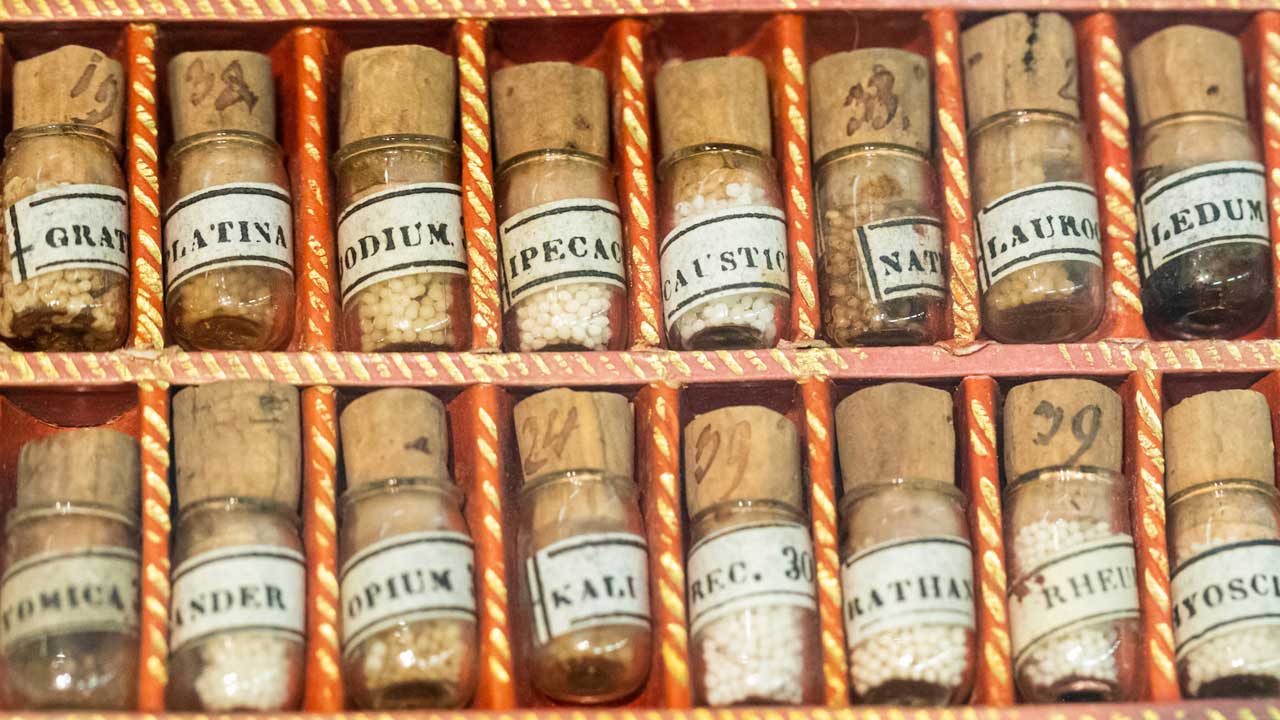Homeopathy in India has a rich history, going back to the 19th century. For a long time, the teaching method was traditional. It focused on theory, like learning homeopathic principles, materia medica, and repertory. The teaching was mostly through lectures, and students had to memorize a lot to pass exams which tested memory more than practical skills.
Now, healthcare is facing many new challenges. There are more chronic diseases, new infections, and a bigger focus on preventing illness. So, the old way of teaching homeopathy needs to change to help homeopathic doctors face these new challenges better.
Around the world, medical teaching is changing. Now, there’s more focus on Competency-Based Medical Education (CBME). This method helps create healthcare professionals who know the latest in treating patients, managing their care, and keep learning new things. The Competency Based Dynamic Curriculum (CBDC) in homeopathy in India is in line with this global change. It’s a big step towards modernizing how we teach homeopathy to meet today’s healthcare challenges.
CBME is about moving from a fixed teaching plan to a more flexible, student-focused one. It’s about reaching certain skills and knowledge rather than just finishing a course in a set time. This idea fits well with homeopathy, which values treating each person as unique and looking at their whole health.
The CBDC model wants to create homeopathic doctors who are skilled, caring, and ready to serve the community. Unlike the old model that focused more on theory, CBDC emphasizes practical skills, continuous checking of progress, and a teaching style that centers around the student. The goal is to prepare doctors to meet today’s health challenges.
CBDC puts the learner at the center. It values gaining key skills over just moving through a set teaching plan. This approach helps create a learning environment where students actively engage, think critically, and reflect on their practice, which is vital for becoming skilled homeopathic practitioners.
Moving to CBDC is a big change. It needs a lot of preparation, teaching the teachers, and making changes in the infrastructure. Some challenges include overcoming resistance to change, equipping teachers with new skills, and aligning how we check progress with CBDC principles.
CBDC opens up new possibilities to improve homeopathic education. It provides a way to bring modern medical sciences, research, and community health into homeopathic education. This helps create a more holistic, patient-centered approach to homeopathic care.
Creating the Homoeopathy CBDC Manual was a thorough process. It involved many discussions, workshops, and brainstorming sessions among academicians, clinicians, and educationists. The manual lists the core skills a homeopathic graduate should have, detailed course outcomes, and how to check progress towards gaining these competencies.
The success of CBDC relies on teamwork among academicians, teachers, and students. Academicians and teachers are crucial for delivering this new way of education, creating a good learning environment, and ensuring continuous checking of progress. Students play an active part in the learning process, self-checking, and providing constructive feedback.
CBDC brings a strong framework for checking progress, including ongoing (formative) and end-of-course (summative) assessments. Ongoing assessments help with continuous feedback and improvement, while end-of-course assessments check the overall progress at the end of a learning period.
Aligning how we check progress with the goals of CBDC is vital. It ensures that assessments truly reflect how proficient the students are in the specified skills, contributing to continuous improvement in learning and educational outcomes.
The initial impact of CBDC on homeopathy education and practice in India is encouraging. It brings a new perspective, promoting continuous learning, practical skills, and engagement with the community among homeopathic practitioners.
Looking ahead, there are many ways to further improve CBDC. Continuous checking, using technology like e-learning platforms, learning through simulation, and global partnerships are some ways to make homeopathic education in India more modern, effective, and aligned with global standards.
CBDC is a big step towards modernizing homeopathic education in India. By aligning with global changes in medical education, focusing on the learner, and on gaining skills, it helps create skilled homeopathic practitioners ready to meet today’s healthcare challenges.
The homeopathy community in India is on the brink of an educational transformation. Taking part in and contributing to the evolving CBDC paradigm is not just about academics. It’s a call to action to maintain the legacy of homeopathy in India, ensuring it remains relevant and effective in the modern healthcare landscape.
